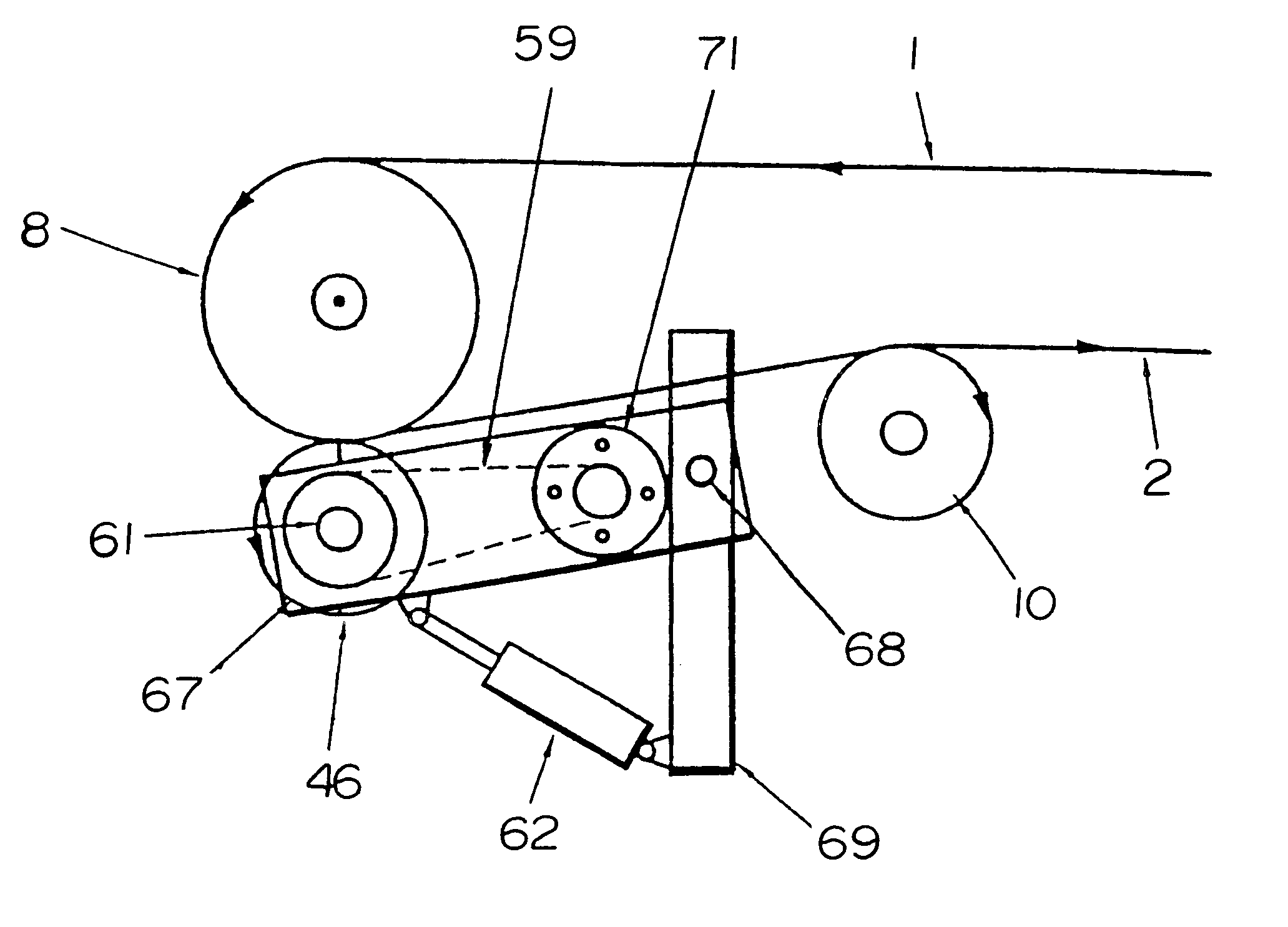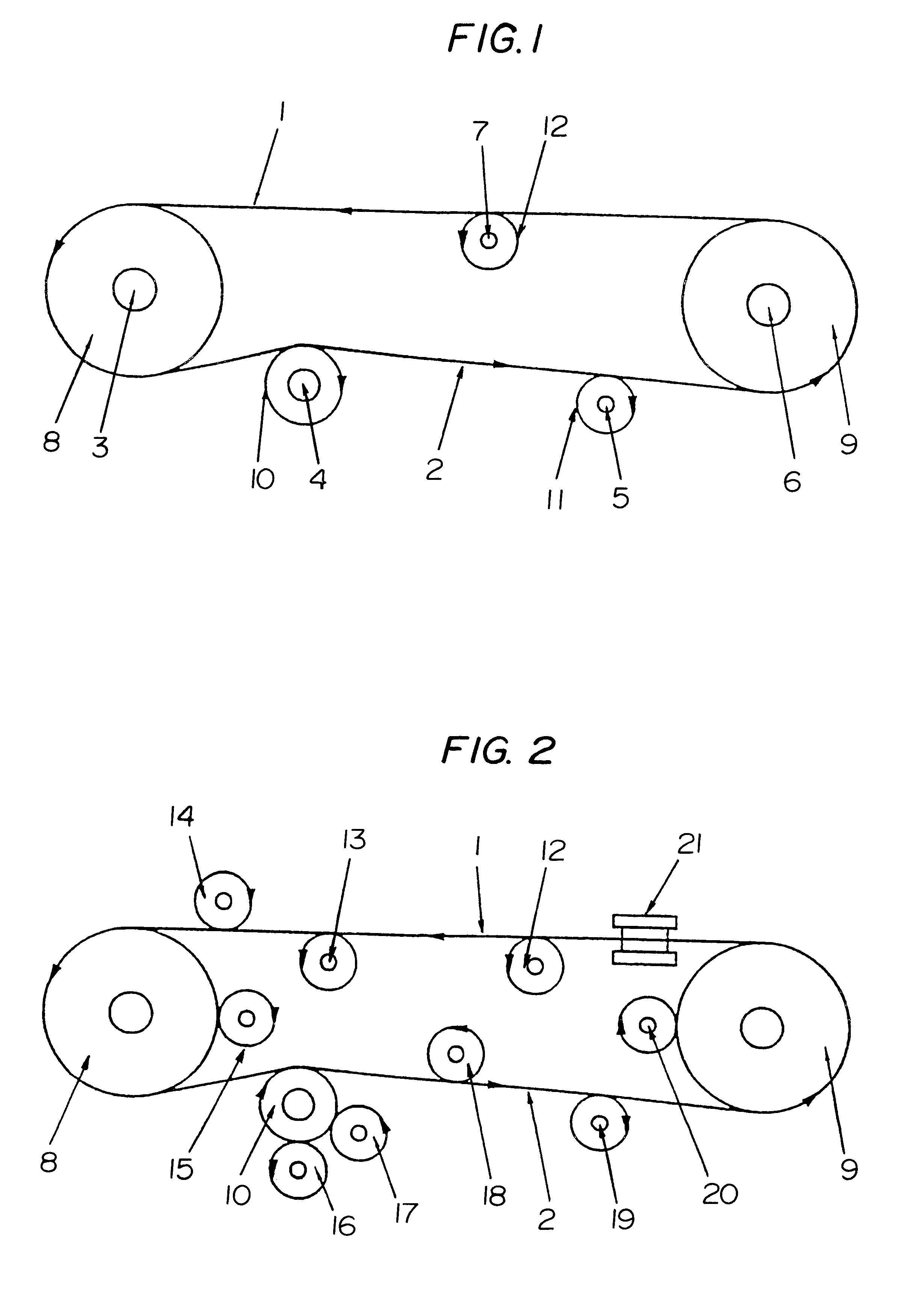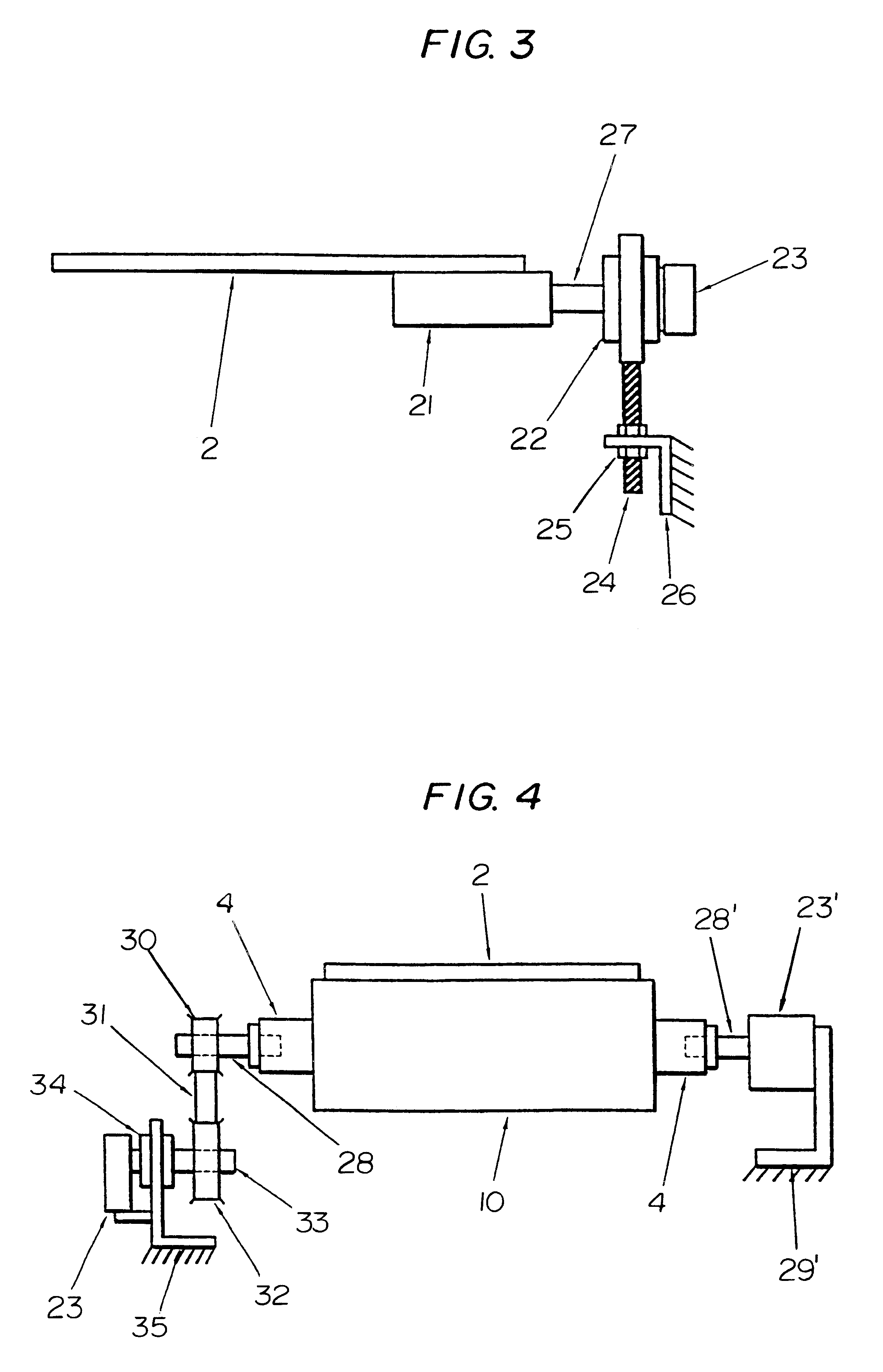Power take off from an endless conveyor
a conveyor and power technology, applied in the direction of conveyors, conveyor parts, transportation and packaging, etc., can solve the problems of chain stretch and wear between the links, high hydraulic standards, and high pressure and fluid volume required to operate these devices, and achieve the effect of increasing li
- Summary
- Abstract
- Description
- Claims
- Application Information
AI Technical Summary
Benefits of technology
Problems solved by technology
Method used
Image
Examples
Embodiment Construction
In the description of embodiments shown in several of the Figures, the same reference numerals are used to denote similar components even when installed in different locations.
Referring first to FIG. 1, and endless conveyor comprises a belt system having an upper material run 1 and a lower return run 2. Roller shafts 3,4,5,6, and 7 may be utilised to drive an hydraulic pump. Connection between the roller shafts and the pump may be by any suitable means eg muff coupling, bolted coupling, flexible drive cable, two gears meshing together or a gear on the roller shaft driving a gear on the pump shaft via a toothed belt. A freewheel clutch may also be used to connect a roller shaft to the pump so that on reversing conveyors no drive takes place when running in reverse direction. The direction of rotation of head drum 8, return drum 9 and belt idler rollers 11 and 12 are shown in the sketch.
Referring now to FIG. 2, and endless conveyor with an upper conveyor run 1 and a lower return run 2...
PUM
 Login to View More
Login to View More Abstract
Description
Claims
Application Information
 Login to View More
Login to View More - R&D
- Intellectual Property
- Life Sciences
- Materials
- Tech Scout
- Unparalleled Data Quality
- Higher Quality Content
- 60% Fewer Hallucinations
Browse by: Latest US Patents, China's latest patents, Technical Efficacy Thesaurus, Application Domain, Technology Topic, Popular Technical Reports.
© 2025 PatSnap. All rights reserved.Legal|Privacy policy|Modern Slavery Act Transparency Statement|Sitemap|About US| Contact US: help@patsnap.com



